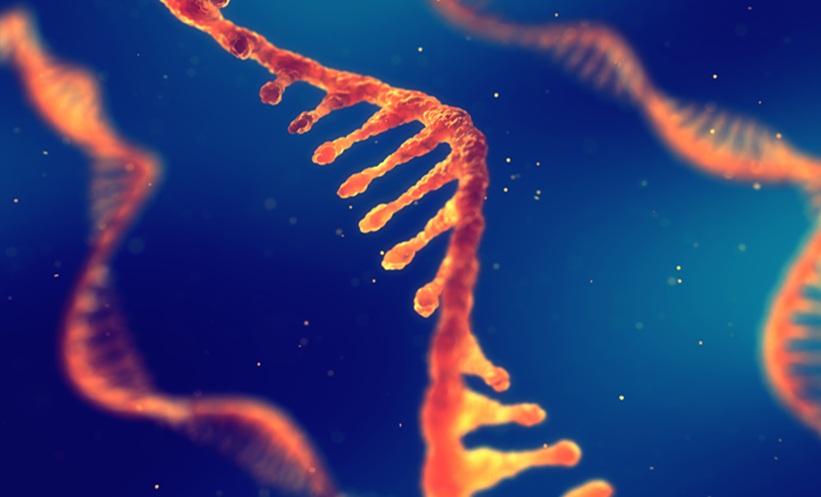Non-alcoholic fatty liver disease (NAFLD) is a benign condition, but in ~20% of patients it can evolve into non-alcoholic steatohepatitis (NASH) with chronic hepatic inflammation, parenchymal injury, and possible evolution into fibrosis, cirrhosis, and cancer. No therapies are yet available for NAFLD and NASH patients. Their development, however, is urgent since NAFLD is the most frequent hepatic pathology in western countries and its incidence is continuously increasing.
In recent studies, we found that NASH development in mice is critically associated to a biphasic increase of T helper (Th)17 and that interleukin 17 (IL-17) was able to exacerbate the lipid-induced damage of mice hepatocytes (lipotoxicity). We have also previously shown that the pharmacological stimulation of the adenosine 2A receptor (A2aR) was able to reduce hepatocytes lipotoxicity and NASH severity in rats fed on a methionine choline-deficient (MCD) diet by phosphoinositide 3-kinase-mediated inhibition of c-Jun NH2-terminal kinase (JNK).
At the International Liver Congress™ (ILC) 2017, hosted in Amsterdam, Netherlands, I presented our latest findings about the effects of A2aR stimulation on NASH development in mice. Adenosine is a powerful cytoprotective agent but is also known as a critical modulator of immuno-inflammatory reactions. We thus investigated its capacity to interfere with NASH development by modulating Th cell responses in order to avoid an immunemediated potentiation of lipotoxicity. Indeed, we found that the treatment of steatotic mice with A2aR agonist CGS-21680 blocked NAFLD evolution into NASH and that such capacity was associated with multiple immuno-inhibitory and cytoprotective effects. These effects acted at three main levels: i) prevention of Th cell infiltration through the reduction of immuno-inflammatory signals involved in their recruitment/polarisation, ii) reduced activation of inflammatory Th subsets (Th17, Th22, Th1 cells) and increased immunosuppressive activity of regulatory T (Treg) cells, and iii) reduction of lipotoxicity and of its exacerbation induced by IL-17, through PI3-kinase stimulation and inhibition of the negative regulator of PI3-kinase, phosphatase and tensin homolog deleted on chromosome 10 (PTEN), which was upregulated by IL-17.
These data offer novel insights on NASH pathogenesis and indicate a possible therapeutic approach to contrast its development and, consequently, its further evolution toward the more severe forms of liver disease (cirrhosis and cancer/cirrhosis). The finding that immuno-reactions and lipotoxicity co-operate to induce NAFLD development into NASH suggests, in fact, that this process, which we named ‘immuno-lipotoxicity’ might represent the critical factor responsible for NASH appearance. Moreover, the capacity of A2aR agonists to act as, contextually, cytoprotective and immunomodulatory agents strongly supports their therapeutic potential to inhibit NASH progression in early NASH patients.








